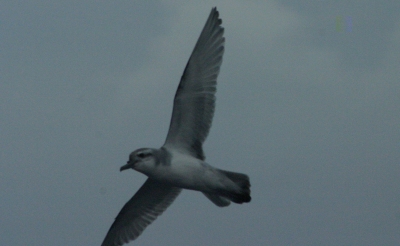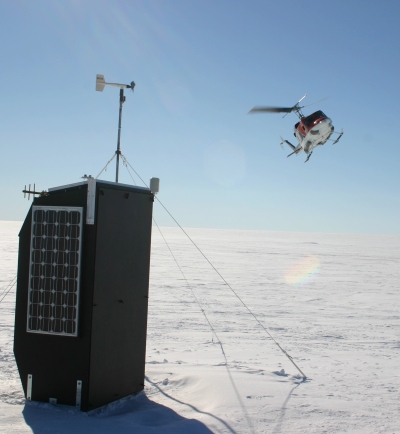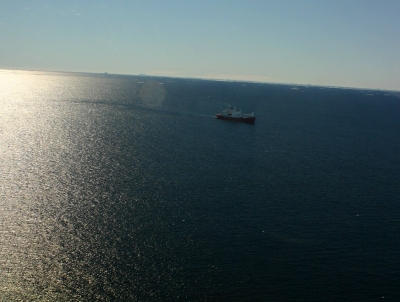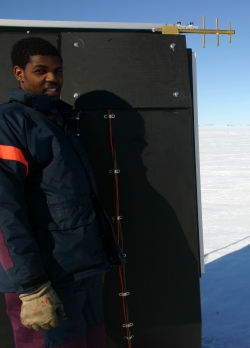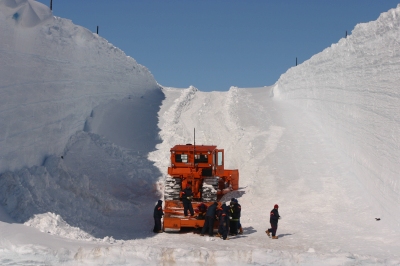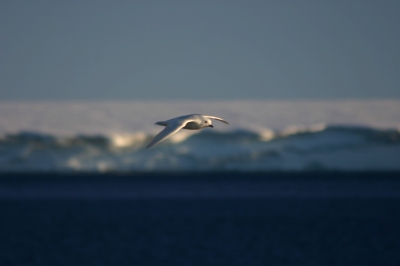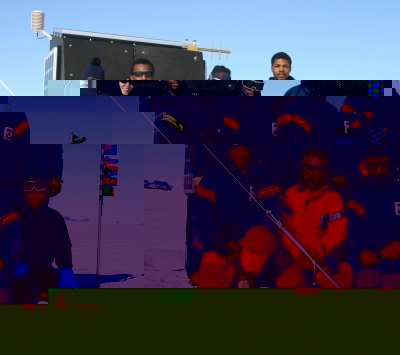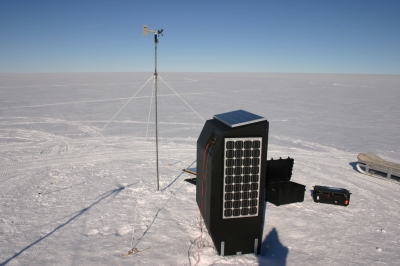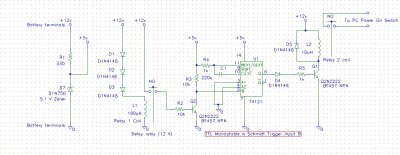FLOSS Manuals فارسی
This is a brief outline of my experience of Wikimania 2007 in Taiwan (August 3-5). I won’t cover all the talks I went to or the flossmanuals-centric discussions I had, just some of the highlights of the event itself. The event was very focused on all things Wikimedia (the umbrella foundation for Wikipedia and its associated projects – Wikimedia commons, Wikiversity, Wikibooks etc – http://www.wikimedia.org/) and Mediawiki (the wiki tool that the foundation uses for all its projects – http://www.mediawiki.org/).
I was there to present FLOSS Manuals (http://www.flossmanuals.net) and did five FLOSS Manuals presentations – a workshop on the FLOSS Manuals system, a technical presentation, 2 poster sessions, and a lightning talk. I also moderated a few sessions.
The event was very informal and relaxed. Pretty much everyone there was a Wikimedian of some description and I think they liked the fact that it was a small informal event. I was one of the few ‘outsiders,’ not having made a thoughtful contribution to Wikipedia or any of its projects, but I felt very welcomed and I was impressed at the strong support for free culture in general. Wikipedia was by no means the dominant thread of the event, its themes spread wide and you can see a full schedule here – http://wikimania2007.wikimedia.org/wiki/Schedule
The first day had some excellent speakers and was the strongest day for presentations. Every presentation was very informative and there were some very inspiring moments.
It was also interesting because the event opened with Florence Nibart-Devouard (the new chair of the WMF) ‘preparing the ground’ for new revenue models. Her presentation was essentially about ‘why we need to make some money’ and how the WMF might go about it. I understand the Wikimedia community is very sensitive to this issue, so I think she was proceeding cautiously and I imagine this was the beginning of more presentations seeding these ideas.
Lawrence Liang’s presentation about the ‘authority of knowledge’ was a highlight for me on the first day. He spoke about how Wikipedia could learn from the demise of manuscript culture at the birth of the print age. As I understand it, at the start of the print age, printed books were considered as the most recent release of a body of work, and updating these works and feeding into the content cycle of a book was common. As an example, Liang used Chaucer’s The Canterbury Tales. The works were updated by many people and were living breathing entities, however, when he died, the works became his canon and were considered in some way ‘frozen’ by the academics. Any edit of the text after his death was seen as producing a defective edition. So the ‘authoritative’ point (the canonisation of Chaucer by academics) killed off the participatory culture surrounding his texts. Liang was pointing to this issue at Wikipedia and the debate surrounding how Wikipedia might be striving to attain an analogous ‘authoritative’ position. His point, I think, is that the pursuit of Wikipedia towards being an ‘authoritative knowledge object’ is less interesting (and potentially troublesome as it may deter contributions) than the methodology for creating knowledge that Wikipedia has established.
I discussed this with a Wikipedian (a long term contributor to Wikipedia) and they said they have no problem with the number of edits decreasing – in fact, apparently many Wikipedians welcome the possibility that the English Wikipedia might soon be the first ‘finished’ Wikipedia.
Also on the first day was Masayuki Hatta, another excellent talk. It was small but on the button. Masayuki is a Debian hacker from Japan, and he was talking about the troubled Free Documentation License (FDL) that the Wikimedia Foundation uses for its projects. He argues that the license is inappropriate (many people at the event agree with this position) and suggested that there is a big problem with changing the license because with the FDL the person that created the document holds the copyright and only they can relicense the content. We went through this process too with FLOSS Manuals a few months ago and thankfully everyone agreed to change to the GPL.
In response to Masayuki, Evan Prodromou (http://wikitravel.org) suggested it might not be necessary to get everyone’s permission as there have been several large open source projects that have changed licenses without getting permission from all contributors – an interesting point, but I think that if Wikipedia did this it would be followed by a great deal of controversy as consultation and ‘doing things the right way’ (not just the expedient way) seems me to be regarded very highly in Wikimedia Foundation projects.
Masayuki, being a hacker, suggested a hack to get out of the FDL. He suggested that the Wikimedia Foundation send an envoy to the Free Software Foundation to speak to the redraft of the FDL currently underway. Masayuki had been involved in a similar process for the GPLv3 and said he was surprised that the FSF actually listened and made some notable changes as a result. So, Mayasuki’s hack included lobbying the FSF to make the FDL compatible with other licenses (such as some Creative Commons licenses) – this would allow for license interoperability between the FDL and other licenses but also it would also allow for content currently covered by the FDL to be distributed under the compatible license. This, in effect, opens a backdoor for the Wikimedia Foundation to slip out of and ditch the FDL in favour of something more interesting.
Mayasuki recommended the best strategy to affect the draft process for the FDL currently underway is to make a presentation in person to the Free Software Foundation.
Magnatune (http://magnatune.com/) presented their interesting sales strategy for CC licensed material. They license their content under Creative Commons Non-Commercial Share-Alike Attribution. You can download the content for free, or you can buy it at a price you are happy with. Magnatune argue that is is very effective and they generate a lot of revenue this way.
Dominic Chen presented the c-shirt project which allows you to remix a t-shirt design from cc licensed material and they print out a t-shirt for you. I made a pretty clumsy t-shirt from a road sign that said ‘GPL’ and the Wikipedia definition of FLOSS. It was admittedly a pretty geeky design, but I really appreciated the c-shirts attempts to make this whole world of open licenses live beyond the screen.
Seth Anthony did a very interesting study on the life cycle of Wikipedia editors, identifying, similarly to open source, that the minority is doing the lion’s share of the contributions. His slides are here (http://upload.wikimedia.org/wikipedia/wikimania2007/b/b7/Wikimania2007-SethAnthony.pdf) if you wish to read more about this very interesting subject.
Near the end of the event, Joi Ito (Chair of CC) presented CC’s world vision. It was a slick presentation but I was a little unsure why it was given such a prominent position (it was the penultimate plenary). Probably because the local organisers had just launched CC Taiwan, but I couldn’t help but wonder how hard CC is working to try and woo the big lumbering FDL-tainted giant to their side. I asked a question to Ito, essentially – if the redrafted FDL was compatible with CC licenses, what would the position of CC be? That Wikipedia should stay with the FDL or change to a CC license? I have to say his answer seemed to suggest that they would be happy with compatibility, but then he seemed to side track so I’m not fully convinced.
I was interested to note throughout the event that there is a growing awareness that MediaWiki is not a generic ‘fix all the knowledge holes in the universe’ tool. The problem seems to be that all the non-Wikipedia projects housed within the Wikipedia Foundation have developed because the content ‘did not fit it’ to a wiki encyclopaedia. However, the projects have been set up by default inMediaWikii. Mediawiki is clearly an ill fit for open university strategies, and probably it has limitations for wikibooks as well (structured wikis are more suitable for books and manuals in my opinion). It is a big issue I think and it was apparent in one session on Wikiversity that they were going in the wrong direction and that the tool-led approach was the wrong one.
Possibly related to this tool-led position was an interesting discussion lead by Ward Cunningham, the inventor of the wiki and wiki-markup language (WML). He is now involved with WikiCreole (http://www.wikicreole.org/) – an initiative to harmonise the disparate WML versions. I can see the point, but I think there is a more fundamental issue. As I understand it WML was invented because people couldn’t write HTML. It was a strategy to lower the threshold of entry. However, the very sophisticated WYSIWYG tools are now doing this splendidly. So why a need for WML at all? In fact, it could be argued, WML is harder to learn than opening a WYSIWYG editor and typing away like you have many times in your favourite word processor. This point was touched on by Brian Behlendorf from the Apache Foundation but I don’t think Ward Cunningham could really accept the position (understandably).
I had many meetings while at Wikimania and met many interesting people, too many to list, but I was particularly interested in finding more out about print-on-demand which was conspicuously missing from the scheduled discussions. I met with Eric Moeller, a Board member for the Wikimedia Foundation and we discussed Wikipedias wiki-to-print future. It is interesting that they are going in this direction but I am unsure of this strategy. They know their business better than I, so I will wait and see, suffice to say I will be interested in the quality of books produced from direct wiki-to-print.
So…that is a short summary. There was much more happening and much more I could talk about but I thought it best to stick to the highlights
